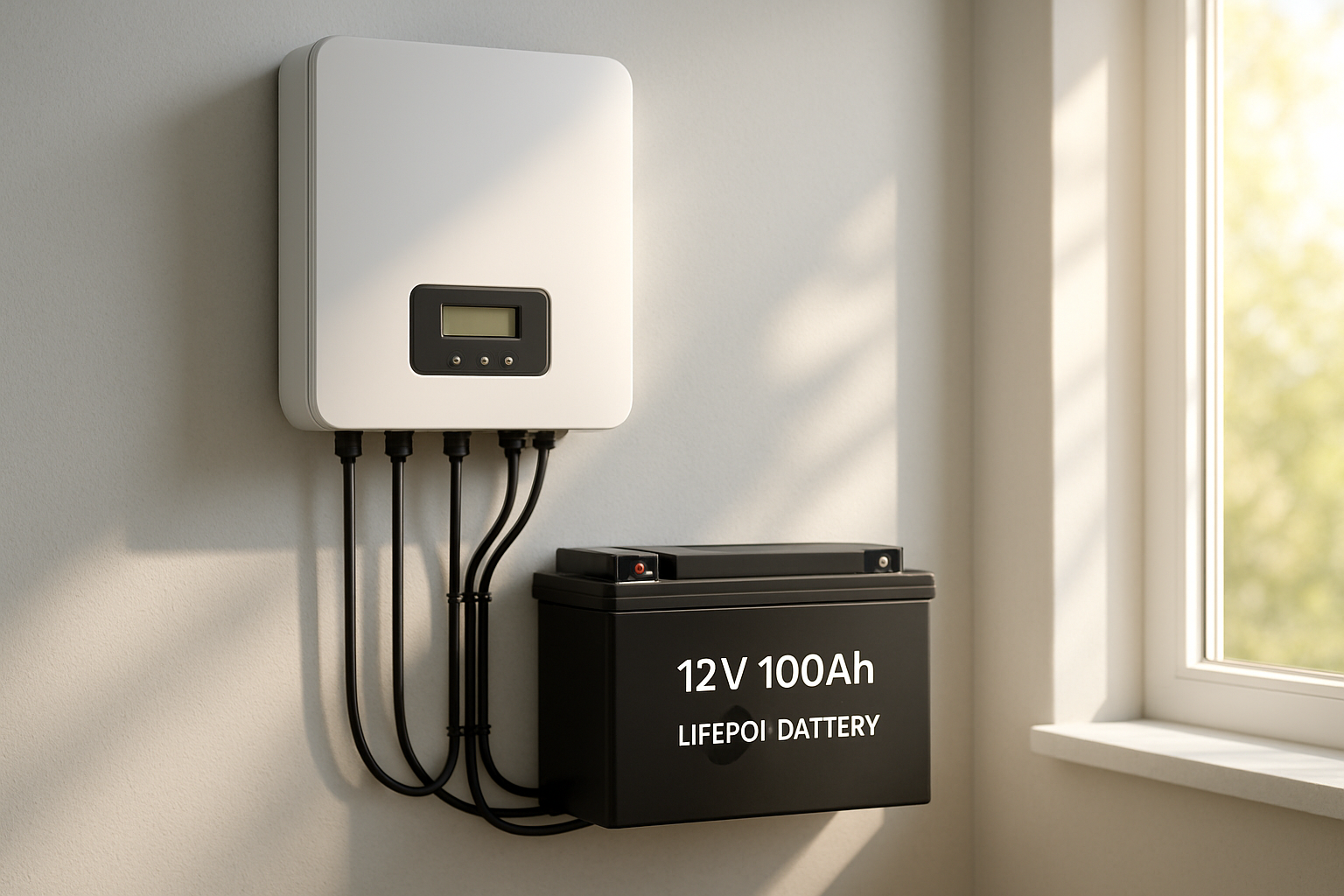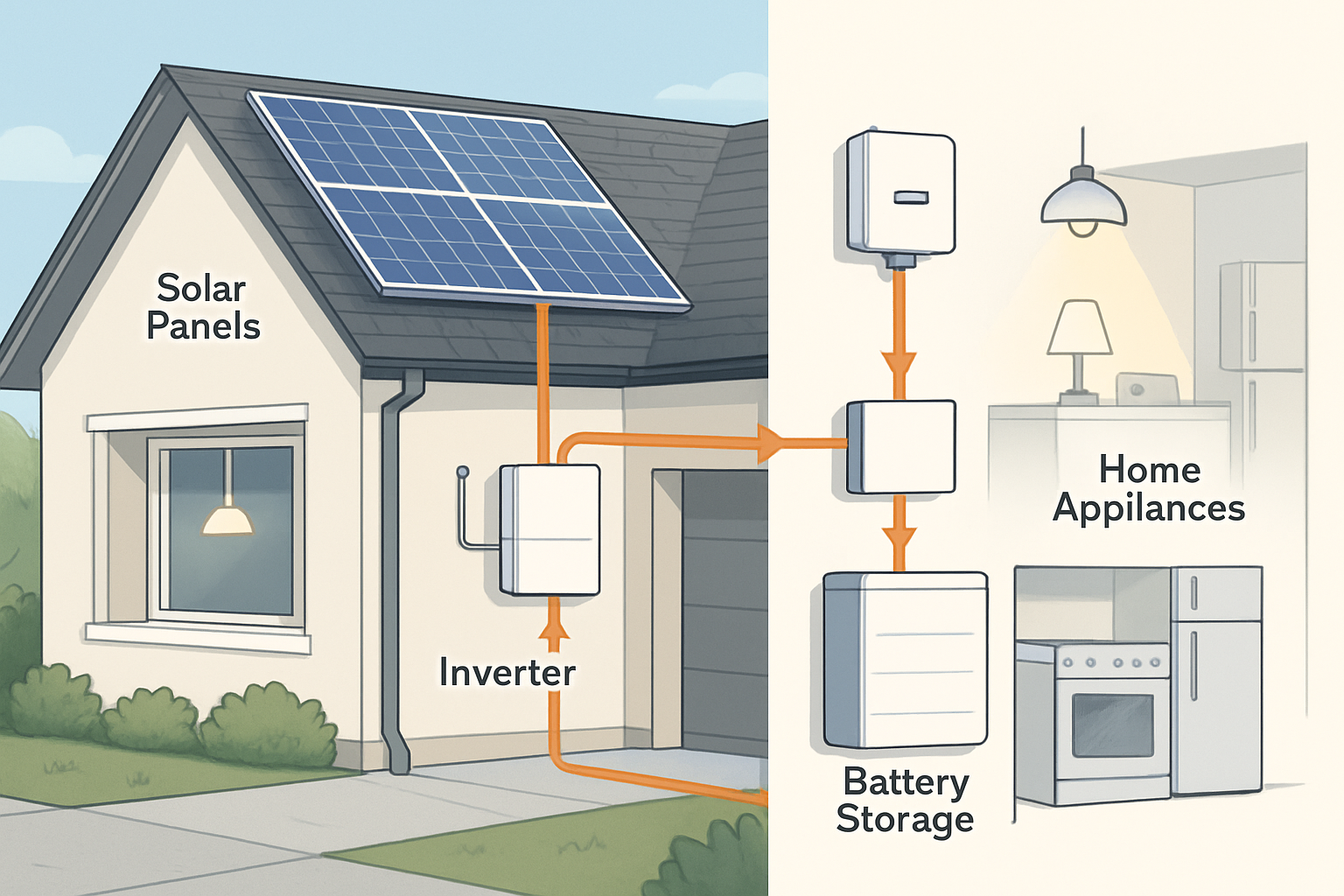The steady decline in the cost of lithium-ion batteries is reshaping the renewable energy landscape. What was once a significant financial barrier to adopting solar energy storage is becoming increasingly manageable for homeowners and businesses. This analysis examines the primary factors contributing to this price drop, offering a clear picture of the market in 2025 and what it means for anyone considering a solar battery storage system.
The Driving Forces Behind Falling Battery Costs
The reduction in lithium-ion battery prices is not accidental; it is the result of concerted efforts across technology, manufacturing, and supply chain management. Several key developments are working together to make these energy storage solutions more affordable.
Innovations in Manufacturing and Production Scale
One of the most significant factors is the principle of economies of scale. As global demand for batteries has surged, manufacturers have invested heavily in 'gigafactories' capable of massive output. This increased production volume drives down the cost per unit. According to a study from MIT, while research and development is the primary driver of cost reduction, economies of scale are the second-largest contributor. Automated and streamlined manufacturing processes further reduce labor costs and improve efficiency, passing savings on to the consumer.
Shifting Raw Material Supply Chains
The prices of key raw materials like lithium, cobalt, and nickel have historically been volatile, creating price uncertainty. However, after price spikes in previous years, the market is seeing stabilization and even decline in some of these critical minerals. According to the World Energy Investment 2023 report, after a period of rising input prices, cost pressures have begun to ease. This moderation is partly due to increased mining and processing capacity coming online, which helps balance supply with demand. The industry is also actively diversifying its supply chains to reduce geopolitical risks.
Technological Advancements in Battery Chemistry
Innovation in battery chemistry plays a crucial role. The rise of Lithium Iron Phosphate (LiFePO4) batteries is a prime example. LiFePO4 chemistry does not require cobalt—a costly and controversially sourced material—and instead uses abundant and inexpensive iron. This shift not only lowers costs but also enhances safety and extends the battery's lifespan, making it an ideal choice for home energy storage systems. Ongoing research continues to refine battery designs to improve energy density and reduce the quantity of expensive materials needed.
A Closer Look at Price Trends and Projections for 2025
Historical data shows a dramatic cost reduction over the last decade, and while the pace may be moderating, the downward trend is expected to continue. This sustained progress is critical for the widespread adoption of solar battery storage.
Analyzing Historical Price Declines
The cost of lithium-ion battery packs has fallen significantly over the past 15 years. This remarkable trend has made solar-plus-storage systems accessible to a much broader market. While there were temporary price increases due to supply chain disruptions and raw material cost hikes, the long-term trajectory remains positive.
| Year | Average Price per kWh (USD) |
|---|---|
| 2013 | ~$668 |
| 2018 | ~$176 |
| 2023 | ~$139 |
| 2025 (Projected) | ~$113 |
Note: Prices are approximate and represent a global average for lithium-ion battery packs. Source: Aggregated industry data.
What to Expect in 2025 and Beyond
Analysts project that battery prices will continue to fall, although the rate of decline may slow compared to the steep drops of the past decade. Factors such as increased manufacturing capacity, ongoing technological improvements, and maturing supply chains will keep pushing costs down. Government policies and incentives also play a supportive role, further reducing the net cost for consumers and encouraging investment in renewable energy solutions.
The Tangible Impact on Solar Energy Adoption
Lower battery prices directly translate into tangible benefits for anyone investing in solar energy. The financial and practical advantages of adding storage to a solar panel system are more compelling than ever.
Making Home Battery Storage More Accessible
The most direct impact of falling prices is improved accessibility. A lower upfront investment makes it easier for homeowners to purchase a complete solar energy storage system. This empowers more people to achieve energy independence, providing reliable backup power during grid outages and reducing their reliance on utility companies. The financial barrier is shrinking, turning the possibility of energy self-sufficiency into a practical reality.
Enhancing the Return on Investment (ROI) for Solar Systems
A lower initial cost shortens the payback period for a solar and battery system. By storing excess solar energy generated during the day for use at night, homeowners can maximize their self-consumption and drastically cut their electricity bills. This is particularly valuable for customers on Time-of-Use (TOU) rate plans, who can avoid drawing expensive power from the grid during peak hours. As noted by a report from the International Renewable Energy Agency (IRENA), batteries add significant value by shifting electricity from times of high generation to periods of high demand.
The Role of Battery Performance in System Value
While price is a key factor, performance is equally important for long-term value. Metrics such as cycle life, depth of discharge (DoD), and round-trip efficiency determine how much usable energy a battery will provide over its lifetime. Cheaper batteries are only a good investment if they are also durable and efficient. For a deeper understanding of how to evaluate these critical metrics, you can review this ultimate reference on solar storage performance, which provides key benchmarks for assessing the true value of a battery system.
A Forward Look: An Era of Affordable Energy Independence
The convergence of manufacturing scale, material innovations, and technological progress has firmly placed lithium-ion battery prices on a downward path. This trend is unlocking the full potential of solar power, transforming home battery storage from a niche product into a mainstream, high-value investment. As costs continue to fall, the ability for individuals to generate, store, and control their own clean energy is becoming an attainable goal for households everywhere, heralding a new era of energy independence and sustainability.
Frequently Asked Questions
Will lithium-ion battery prices continue to fall?
Prices are expected to maintain their downward trend, though the pace may slow. Long-term drivers like manufacturing efficiencies and new technologies point toward continued cost reductions. However, short-term fluctuations can occur due to raw material availability and geopolitical events.
Is LiFePO4 the best chemistry for home energy storage?
LiFePO4 (Lithium Iron Phosphate) is widely considered an excellent choice for residential use. Its key advantages include a strong safety profile, a long cycle life, and excellent thermal stability. Because it does not use cobalt, it also benefits from a more stable and cost-effective supply chain.
How do falling battery prices affect my solar panel investment?
Lower battery prices significantly strengthen the financial case for a solar panel system. By affordably storing excess solar energy, you can use it anytime, increasing your energy self-sufficiency and reducing the time it takes to recoup your initial investment. This makes the entire system more valuable and resilient.





Leave a comment
All comments are moderated before being published.
This site is protected by hCaptcha and the hCaptcha Privacy Policy and Terms of Service apply.